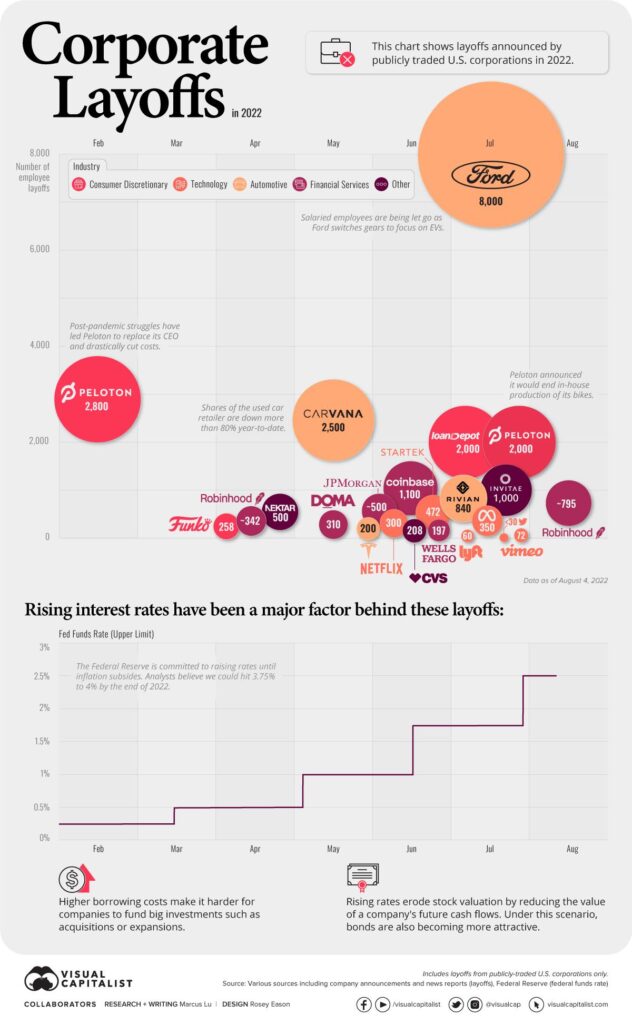In the vast, rolling landscapes of America’s heartland, a silent economic narrative unfolds—one of hope deferred and resilience tested. Millions of rural dwellers stand at a crossroads, watching as prospect seems to slip away like dust through weathered fingers.They are the unsung inhabitants of forgotten counties, where once-thriving communities now whisper tales of economic decline. These Americans aren’t just passive observers; they’re pragmatic survivors who have learned that mobility isn’t always the answer. Instead, they’re quietly demanding that opportunity find them, rather than chasing distant promises. The solution might not lie in migration, but in reimagining work itself—bringing digital connectivity to regions often left behind by traditional economic strategies. This is a story of adaptation, of reclaiming economic dignity without surrendering the roots that ground them. The heartland of America is experiencing a profound economic transformation that challenges traditional notions of employment and geographic mobility. Small towns and rural communities are facing a stark reality where local job markets have shrunk, manufacturing has declined, and younger generations increasingly seek opportunities elsewhere.
Remote work represents a potential lifeline for these struggling regions. By bridging technological gaps and reimagining workforce connectivity, we can revitalize communities that have been economically marginalized for decades. The digital revolution offers unprecedented opportunities to reshape economic landscapes without forcing residents to abandon their hometowns.
Current workforce trends indicate significant resistance to relocation among rural populations.Many inhabitants have deep generational roots, strong community connections, and a profound attachment to their geographical identity.Uprooting their entire lives for employment seems increasingly unappealing, especially when contemporary technology can enable professional engagement without geographic constraints.
Technology infrastructure becomes critical in this context. High-speed internet access, robust digital platforms, and supportive corporate policies can transform rural areas into attractive remote work destinations. Companies must recognize the untapped potential of these communities, which offer lower living costs, genuine work-life balance, and a skilled workforce eager for meaningful opportunities.
Economic growth strategies must evolve to incorporate digital workforce integration. Training programs, infrastructure investments, and incentive structures can definitely help rural communities become attractive remote work hubs. Local governments and private sector entities must collaborate to create extensive ecosystem support for digital professionals.
The potential benefits extend beyond individual economic opportunities. Revitalizing rural economies can counteract population decline, strengthen community resilience, and create more diverse, enduring economic models. Remote work represents more than a temporary solution—it’s a essential reimagining of how Americans can live, work, and contribute professionally.
Prosperous implementation requires multi-stakeholder commitment. Educational institutions, technology companies, local governments, and community leaders must develop integrated strategies that address infrastructure, skills training, and economic development holistically.
By approaching rural economic development through a digital lens, we can create more inclusive, flexible workforce models that honor community traditions while embracing technological innovation. The future of work isn’t about choosing between urban opportunities and rural roots—it’s about creating seamless connections that empower professionals irrespective of their geographic location.
Transforming rural economic landscapes requires vision, investment, and a commitment to reimagining workplace dynamics in the digital age.









